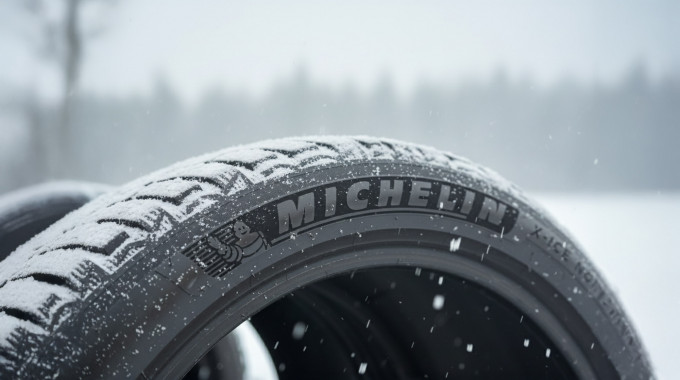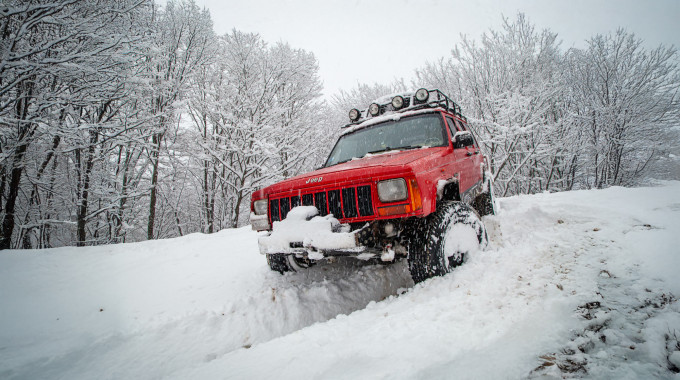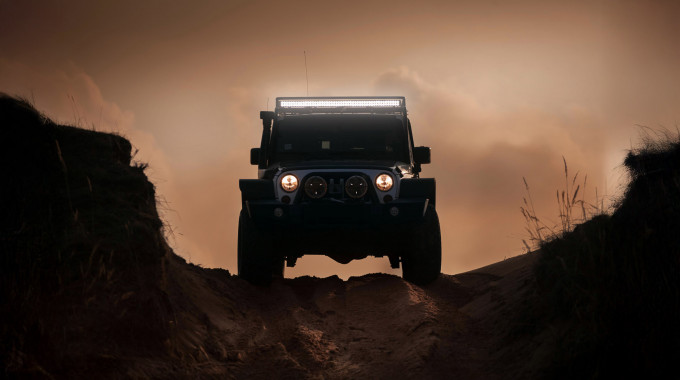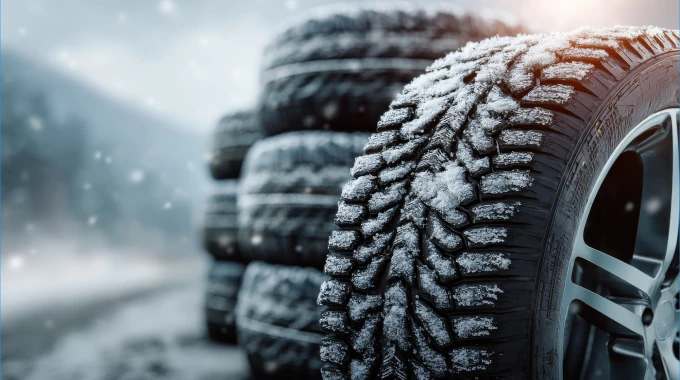
Buying a Used Convertible: A Complete Guide & Checklist
Will 2022 be the year you finally treat yourself to that new-to-you convertible? If so, you’ve got plenty of options to consider.
Whether you’re checking out a second-hand two-seat roadster like the BMW Z4 or Mazda MX-5, or a four-seater drop-top like a Ford Mustang or Mercedes E-Class Cabriolet that’s ready for family cruising, options on used convertibles are abundant in today’s used car marketplace.
You’re probably considering a new convertible as a way to treat yourself to the fun and excitement of open-air motoring – and in today’s used car shopping environment, you’ll be paying top dollar to do it.
Below, let's set you up with some useful facts and checks to keep in mind as you shop for that used convertible, with an eye for helping you find the best unit possible for the dollar.
First, find the right convertible vehicle
Convertibles come in many shapes and sizes to cater to a wide range of budgets and tastes. Sporty two-seater models include the BMW Z4, Honda S2000, Jaguar F-Type, Mazda MX-5, and Chevrolet Corvette. Models like this offer a more intimate driving experience for two.
Need more space? Consider four-seat convertible models like the Infiniti G37 Convertible, Ford Mustang, Chevrolet Camaro, Audi A5 Cabriolet and Volvo C70.
The Jeep Wrangler is another popular convertible. This 4x4 off-roader comes with removable top implements that give shoppers access to an open-air driving experience that’s ready to tackle trails, winter driving, and your daily commute – every day of the year.
Soft-top vs hard-top convertibles
Convertible tops come in two flavours: soft and hard. Some shoppers prefer the cleaner look, convenient motorized operation and often-quieter cabin associated with hard-top models, though soft-top convertibles may be faster to operate and require less of the vehicle’s cargo space for storage when they’re folded down.
On that note, always check available cargo space with the roof in both positions. Will the trunk in that convertible have room for your things, even if the roof is down? Does the top in the convertible you’re considering take up any trunk space at all? You’ll want to know before you buy.
Avoid convertible leaks
Water leaks are not uncommon in modern vehicles, and convertibles are no exception. There are numerous ways that water can find its way into your convertible’s interior, where problems can result. Water leaks can cause mould, foul odours, rust, electronic damage, damage and wear to seating surfaces, safety problems, and more.
Test drive your used convertible the right way
On your test-drive of any used convertible, insist on seeing the vehicle only after it’s been parked with its roof up and windows closed for several hours. When entering the car for the first time, do it ‘nose first’, paying close attention to any unwelcome odours and especially those that call musty damp towels, dirty socks or a smelly gym bag to mind.
Foul odours like this can be a telltale sign of mould caused by an interior water leak, and may be more difficult to smell on your test-drive if the vehicle has been opened up and allowed to ventilate ahead of your arrival.
Check for interior dampness
Next, remove all items from the vehicle – including the contents of the trunk, and the interior floor mats. Access the area beneath the cargo area floor where most cars keep their spare tire. Inspect this area fully for signs of dampness, mould, rust, or standing water. Next, move through the interior carpeting, pressing your hand (or a rag) into all carpeted surfaces to check for signs of dampness or moisture.
Pay close attention to the carpeting on the outer corners of the vehicle’s floor, and the area where the carpeting meets the firewall up front. Dampness in these areas is another sign of a water leak.
Check for the sound of sloshing water inside of the doors
Finally, open each of the convertible’s doors and shake that door vigorously back and forth on its hinge a few times. Listen closely for the sound of sloshing water inside of the door. If you hear any, moving to another unit is likely best.
When leather seats are allowed to become very wet and then dry out, the leather may shrink, harden, and change to a different texture. Carefully examine leather seats (if equipped) for these trouble signs, which could be evidence of a leaking convertible top.
Water leaks are a pain, and they’re rarely fun to deal with and fix. For best results, avoid a used convertible you suspect may be suffering from a water leak, based on the checks above.
Drains and seals
The used convertible you're considering uses a network of seals and drainage tubes to keep water out of the vehicle’s cabin, and to channel water around the vehicle’s body where it’ll drip safely onto the ground below. Using built-in gutters, drainage holes and concealed tubes, the modern convertible has a hidden ‘highway’ built into its body that allows water to drain safely away.
Missing or damaged weather seals?
Over time, rubber seals can age, wear, dry out, crack, or even become dislodged. Similarly, drainage passageways can become clogged with debris, limiting or blocking the flow of water through them. Convertibles with missing or damaged weather seals, as well as blocked drainage passageways, are at an elevated risk for interior water leaks.
Regular inspection, cleaning and lubrication of the weather seals can extend their life and improve their effectiveness as they age. Regular cleaning of the convertible’s drainage passageways, perhaps using compressed air or a piece of plastic weed-trimmer wire to dislodge built-up debris, can help keep the drainage system performing at its best, too.
Check the owner’s manual for the specific convertible you’re considering for the full scoop on how to clean and maintain these important parts of your convertible, for the best results.
Battery and electronics
Many convertibles are used seasonally, or on an occasional basis – two use cases that can spell disaster for the battery and electronics in a modern vehicle. Weak or dying batteries are a leading cause of electronic trouble across a wide range of systems in modern cars, and can even wreak havoc on the reliable operation of the convertible’s power top mechanism.
With insufficient power from the car’s battery, electronic trouble becomes increasingly likely – and may even cause frustrating and intermittent trouble with the operation of that power roof.
When buying any used convertible, it’s important to make sure the battery and charging system are healthy – ideally by having them tested professionally before you buy. If the battery in the convertible you’re considering isn’t in peak health, replacing it with a fresh battery can fend off unwelcomed trouble.
Consider a battery trickle charger for your used drop-top
If you’ll use your convertible on an occasional basis only, a battery trickle charger is an excellent investment. Generally available for less than $75, a high-quality trickle charger can be hooked up to your battery in moments.
Using a trickle charger whenever your convertible will be parked for more than a few days ensures the battery is conditioned and topped off at all times – increasing its lifespan and reliability, while helping to prevent trouble with other vehicle systems.
Car aficionado Jay Leno explains battery chargers in this resourceful video, including the benefits, the types of trickle chargers, and how to use them:
Check the top
Open and close the top several times
On your test-drive, open and close the convertible top fully, several times. Listen and watch motorized top operation closely, noting that a sudden stop, reversal in direction, or straining / rubbing noises can all indicate trouble that should be professionally assessed before you buy.
Stop the convertible roof part-way & check the mechanics
Next, stop the convertible roof part-way through its operation. With the roof mechanism partially unfolded, you'll be able to see the hinges, seals, tensioning wires and other components. Inspect these carefully.
Note that weather seals should be plump, conditioned and intact – not damaged, dried out, abraded, or missing. Check both the inner and outer surfaces of the roof panels / cloth top for signs of rips or tears, as well as scuffs and discoloration that may be evidence of one or more panels rubbing together while the roof is in motion.
It’s not uncommon for convertible tops to require occasional adjustment as they age, to prevent contact between folding components as the roof opens and closes. This work is best left to a qualified technician in a dealer setting.
Consult with a convertible car expert & check online resources
It never hurts to ask an expert – and thanks to online owner forums and speciality shops, used convertible experts are plentiful, if you know where to look.
As you start shopping for that used convertible, consider checking out an online owner’s forum or Facebook group to see if there’s a well-known expert in your area. Many online owner’s communities have compiled resources useful for first-time shoppers of a given convertible, and are often full of enthusiast owners that are happy to share their stories, impressions and advice – as well as cautionary tales that used convertible shoppers can learn from.
In many regions, these owners’ communities have identified expert technicians, mechanics and repair shops that specialize in the model you’re considering – making them a great resource for a pre-purchase inspection, or to handle the ongoing maintenance and care of your used convertible.







